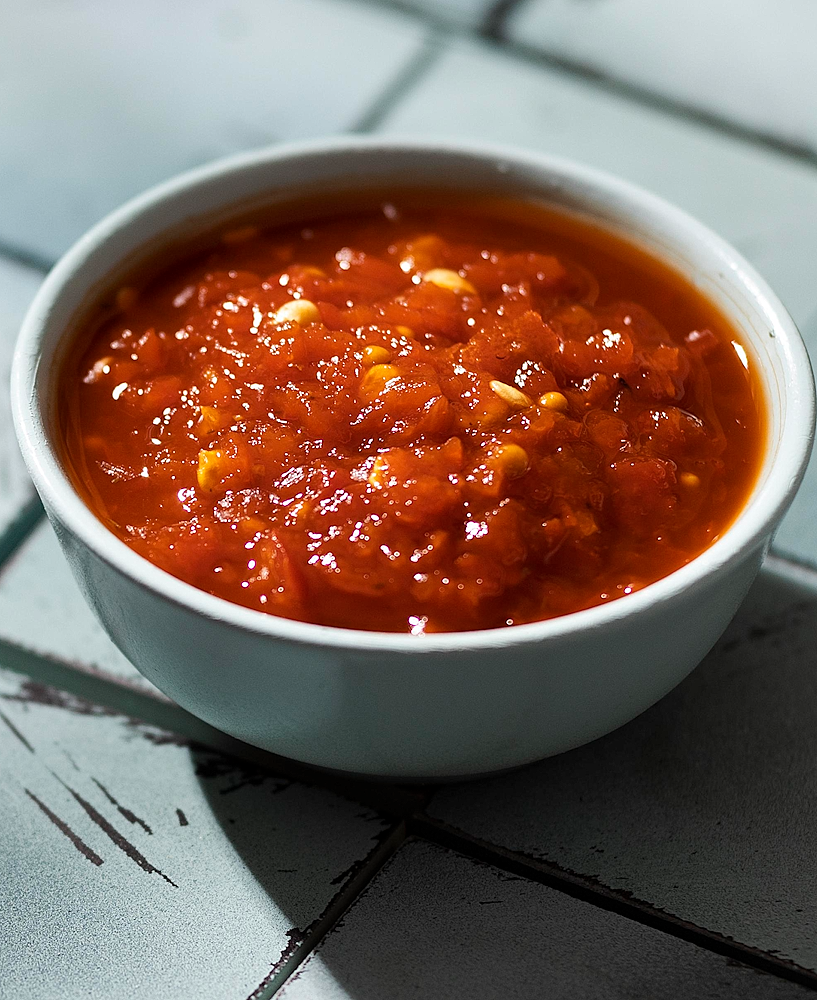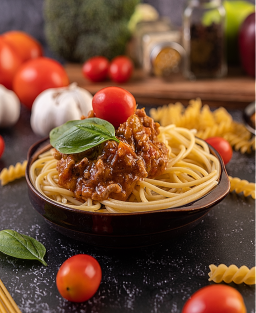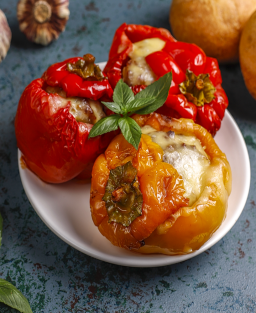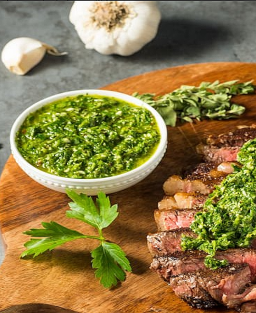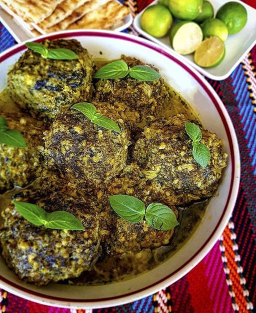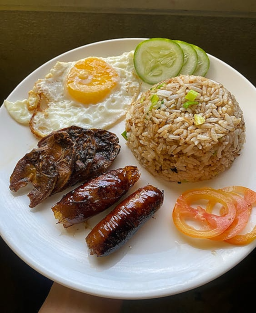- Out-of-Stock
Traditional Gochujang Recipe 고추장: Korean Fermented Sauce Made with Chili, Soy, Glutinous Rice, and Wheat
Traditional Gochujang Recipe 고추장: Korean Fermented Sauce Made with Chili, Soy, Glutinous Rice, and Wheat
Gochujang (hangeul: 고추장; hanja: -醬, literally "bitter chili sauce") is a traditional Korean condiment with a spicy and umami flavor, made from red chili peppers, meju (fermented soybean paste), glutinous rice flour, and wheat germ. This unique mixture is fermented for several weeks or months in large earthenware jars called jangdok (장독), which create an ideal environment for the fermentation process.
This condiment is an essential ingredient in Korean cuisine, used to add subtle heat and a rich taste to iconic dishes such as tteokbokki (spicy rice cakes), soups, marinades, and many other recipes. Along with ganjang (soy sauce) and doenjang (fermented soybean paste), gochujang forms the essential trio of condiments that defines the flavor base of Korean cooking.
History of Gochujang
The origin of gochujang dates back to the Joseon period (16th–17th century), when Koreans began incorporating this condiment into their daily cooking. At the time, gochujang was mainly used for its spicy properties and its ability to preserve and intensify the flavors of dishes.
The earliest mentions of gochujang appear in 18th-century works, such as the Somun Saseol and the Jeungbo Sallim Gyeongje, where it was spelled gochojang (고초장), using the hanja characters 苦椒醬 (bitter chili sauce) and 古椒醬 (ancient chili sauce). These terms referred to the idea of a spicy sauce, with connotations of authenticity and tradition.
Today, however, the term gochujang is used without a specific hanja, distinguishing it from other fermented sauces and pastes in Asian cuisine, and reflecting its evolution as a fundamental element of modern Korean gastronomy.
Traditional Manufacturing Process
The process of making gochujang remains largely artisanal, and it can take several months to achieve a deeply fermented, rich, and flavorful chili paste. Once ready, the paste is stored in earthenware jars exposed to temperature variations, allowing the fermentation to develop a depth of flavor while balancing the heat of the chili with the sweetness of the glutinous rice flour and the umami richness of the meju.
Culinary Uses
Gochujang is not limited to being just a spicy seasoning but plays a fundamental role in many Korean dishes. It is used to add depth to soups and stews, give heat to bibimbap (rice mixed with vegetables and meat), or as a key ingredient in barbecue sauces (such as in samgyeopsal).
Traditional Gochujang Recipe (고추장)
Main Ingredients:
-
2 cups of Korean red chili powder (고춧가루, gochugaru)
-
1 cup of glutinous rice flour (찹쌀가루, chapssal garu)
-
1 cup of fermented soybean powder (메주가루, meju garu) or fermented soybean paste (된장, doenjang)
-
2 cups of water
-
1 cup of barley malt (엿기름, yeotgireum) or brown sugar (for fermentation and sweetness)
-
1/2 cup of salt
-
Optional: 1 tablespoon of crushed garlic, 1 tablespoon of grated ginger
Instructions:
-
Prepare the glutinous rice flour base:
In a saucepan, mix the glutinous rice flour with water.
Heat over medium heat, stirring constantly until you get a thick and smooth paste. Let it cool. -
Mix the dry ingredients:
In a large bowl, mix the red chili powder (gochugaru), fermented soybean powder (or doenjang), and salt. -
Assemble the paste:
Add the cooled rice flour paste to the dry ingredients.
Stir in the barley malt (or brown sugar) for fermentation and balanced sweetness.
Add the garlic and ginger if desired. Mix well until you get a thick paste. -
Fermentation:
Transfer the paste to an airtight glass or ceramic container.
Let it ferment in a cool, well-ventilated area for at least 1 to 2 months, stirring occasionally.
The longer the fermentation, the more complex the flavors will become.
Notes:
-
The final taste should be spicy, slightly sweet, salty, and umami.
-
Gochujang is a key ingredient in Korean cuisine, used in many dishes such as bibimbap, stews, sauces, and marinades.











